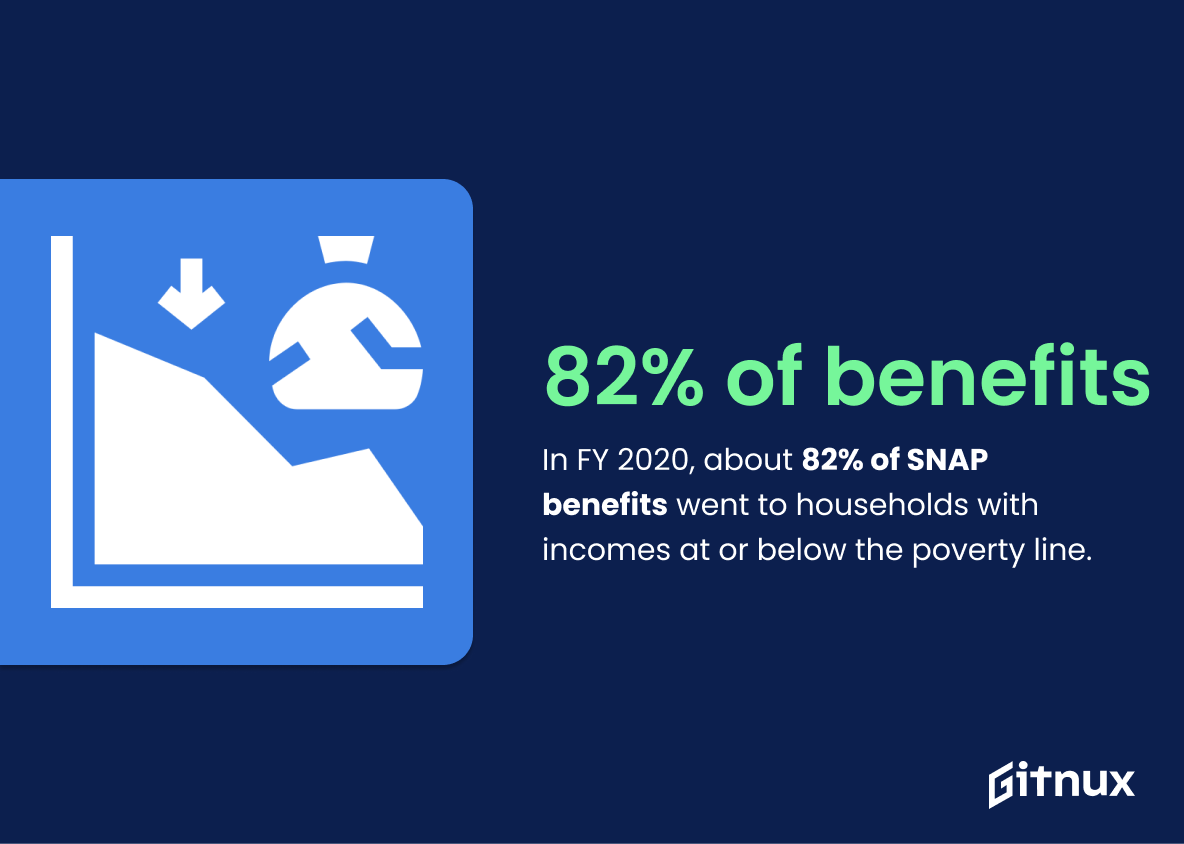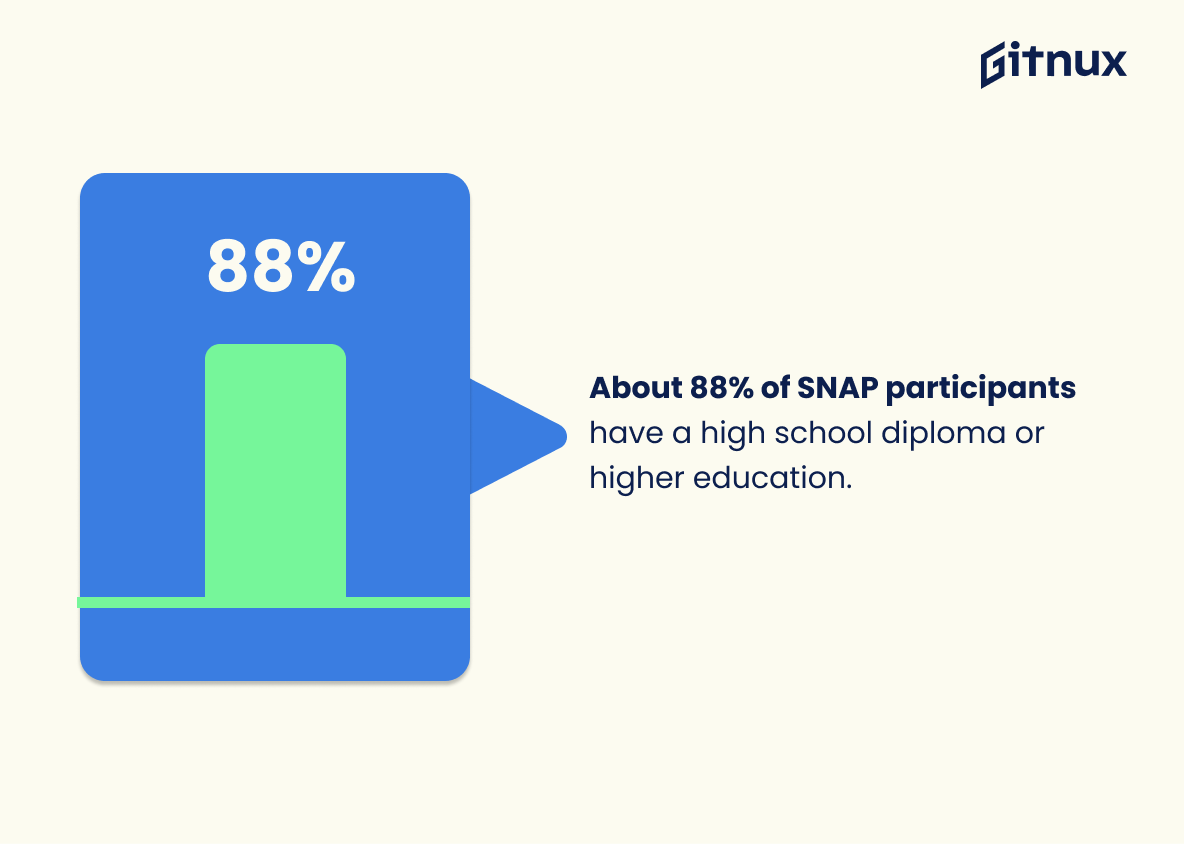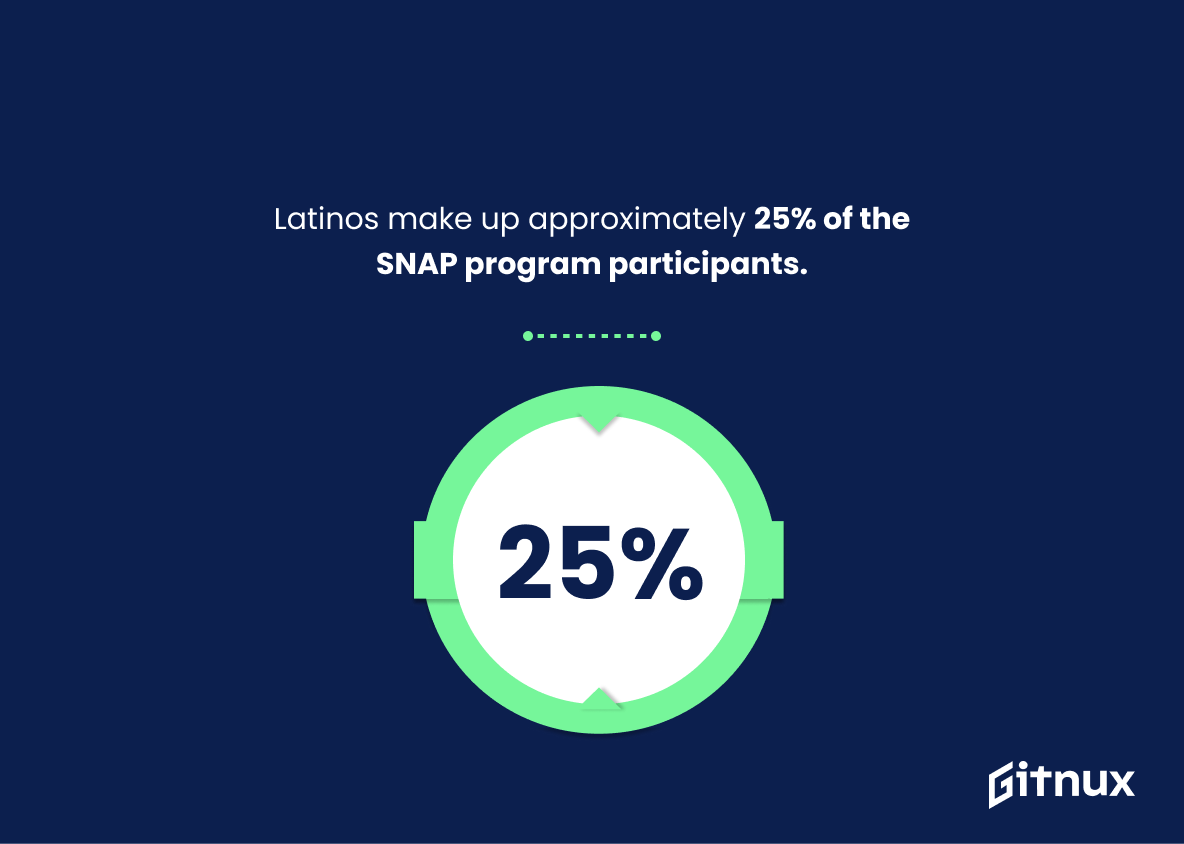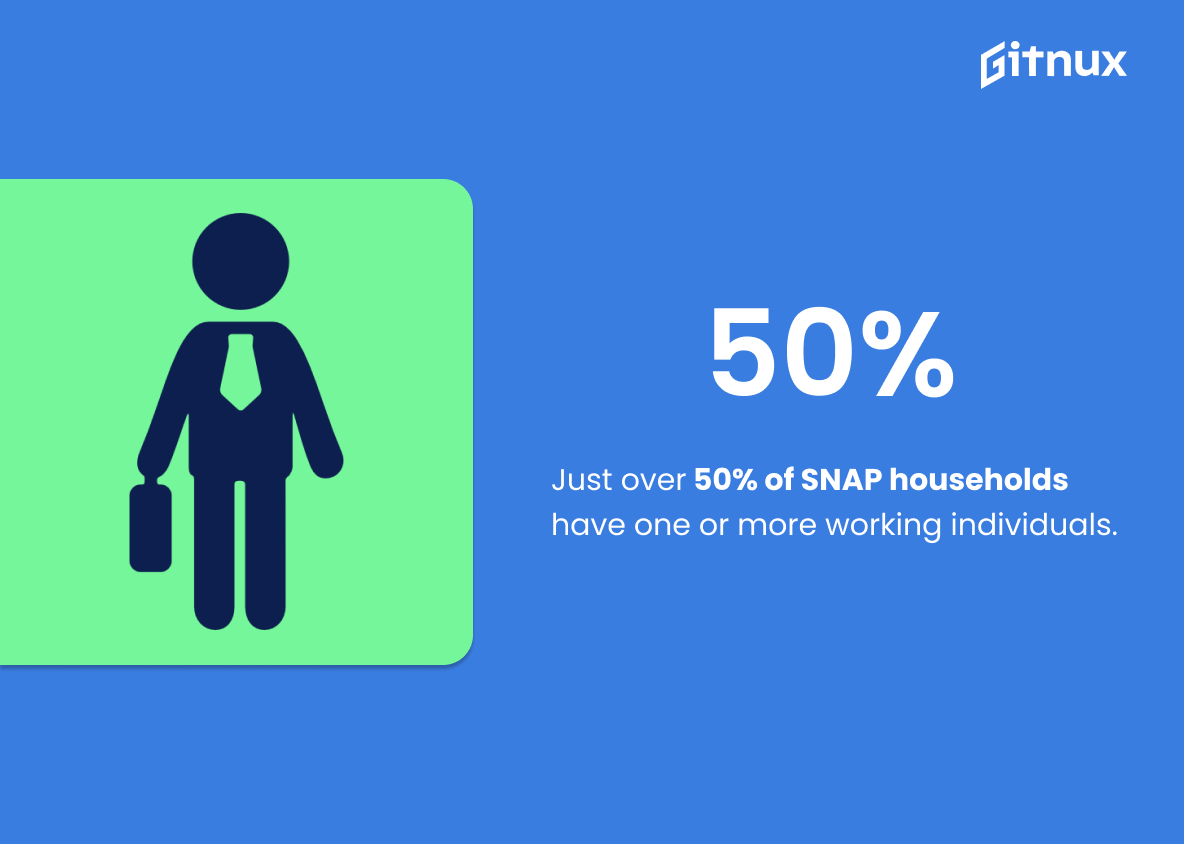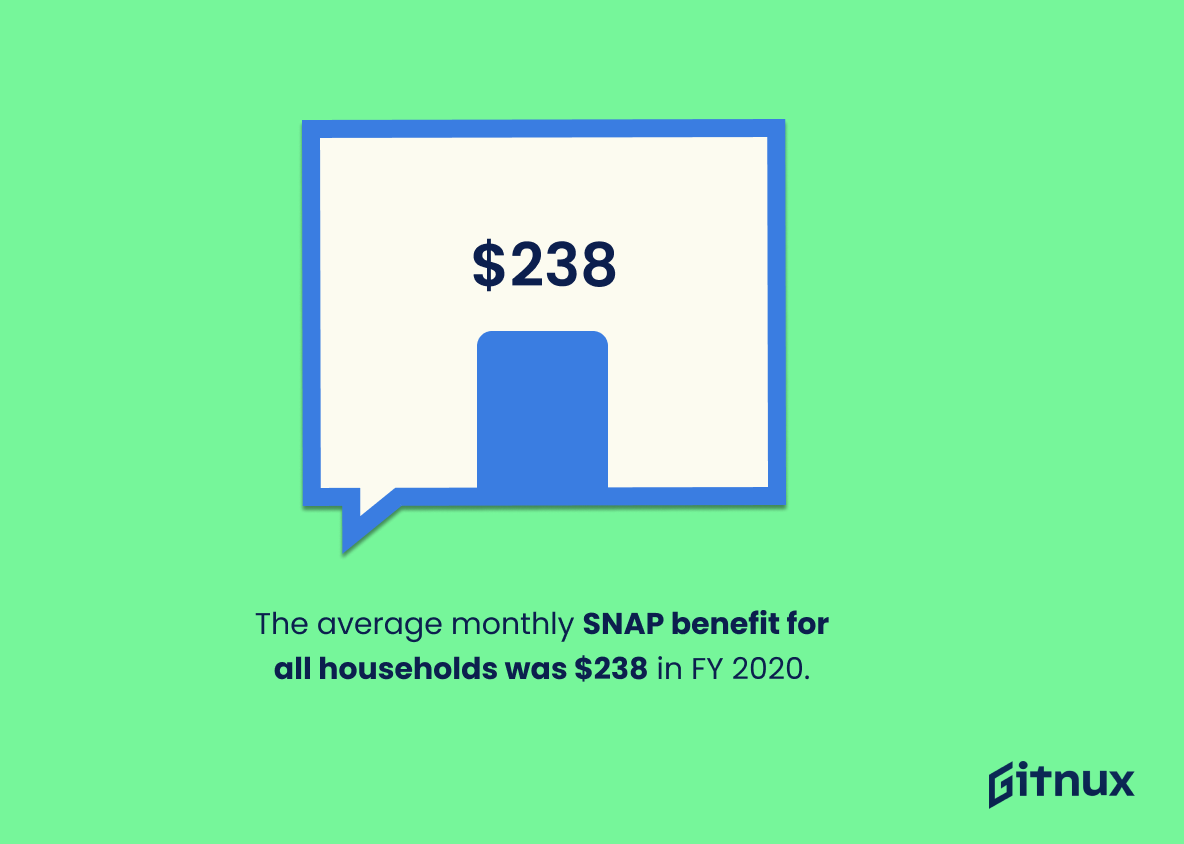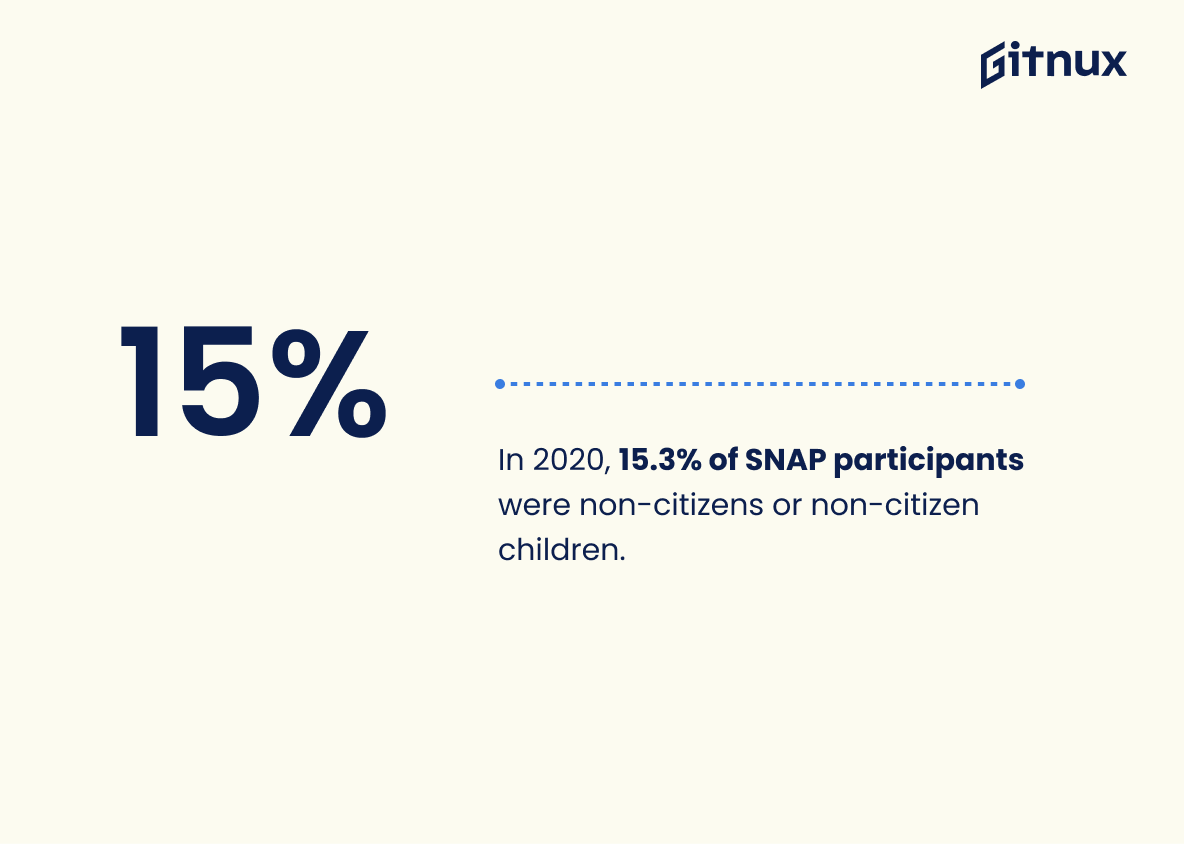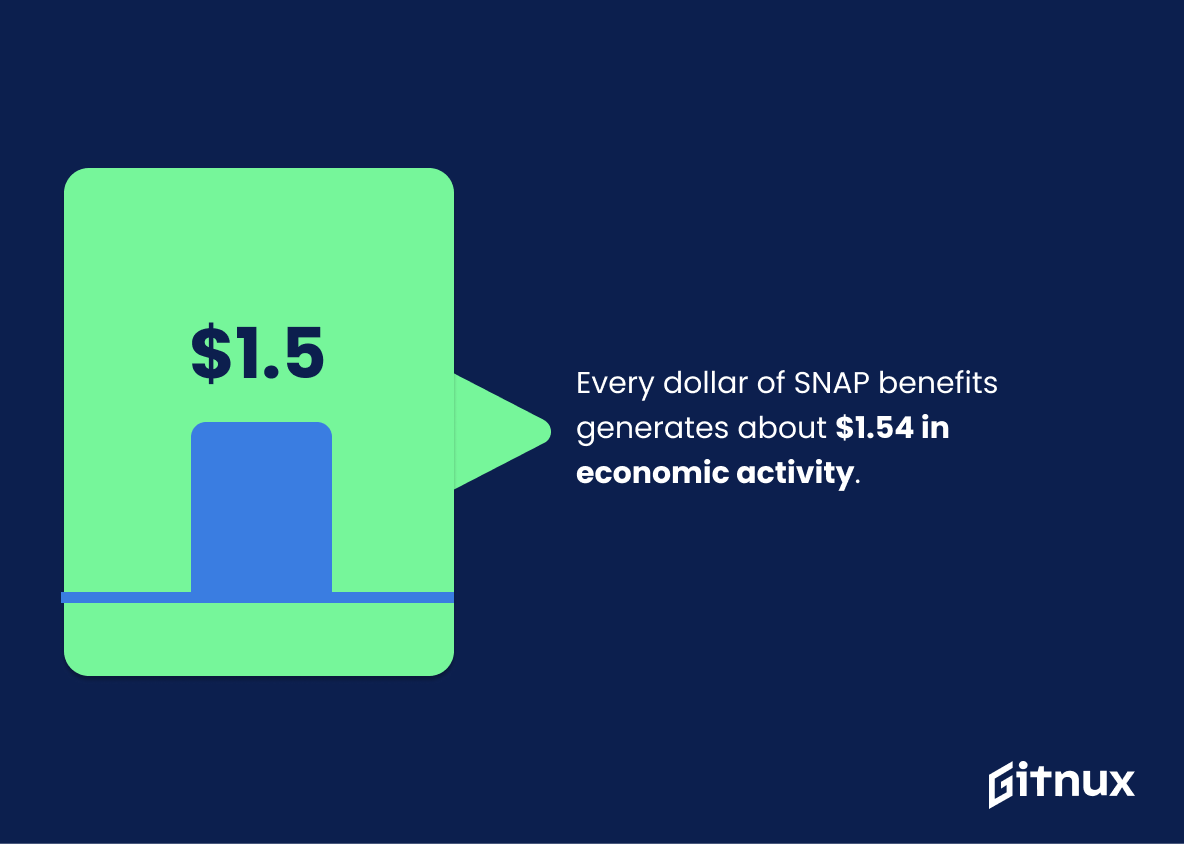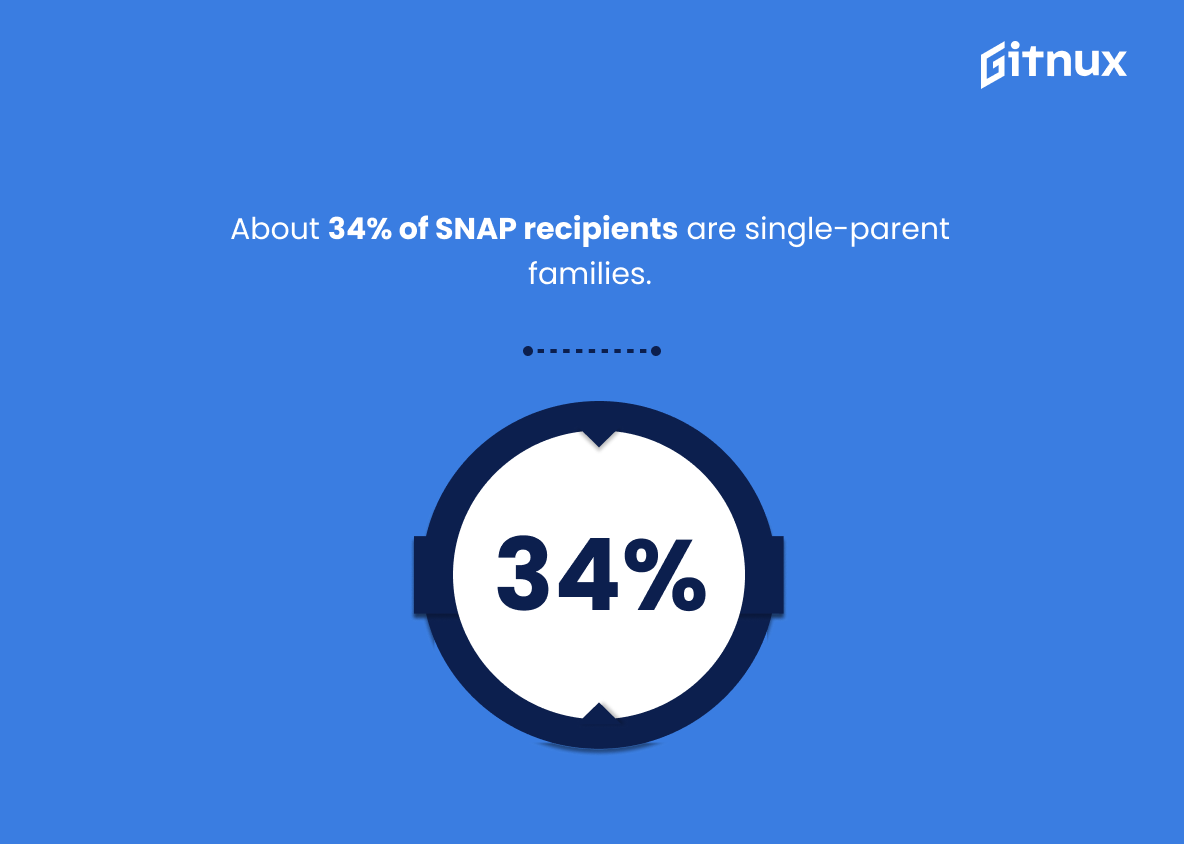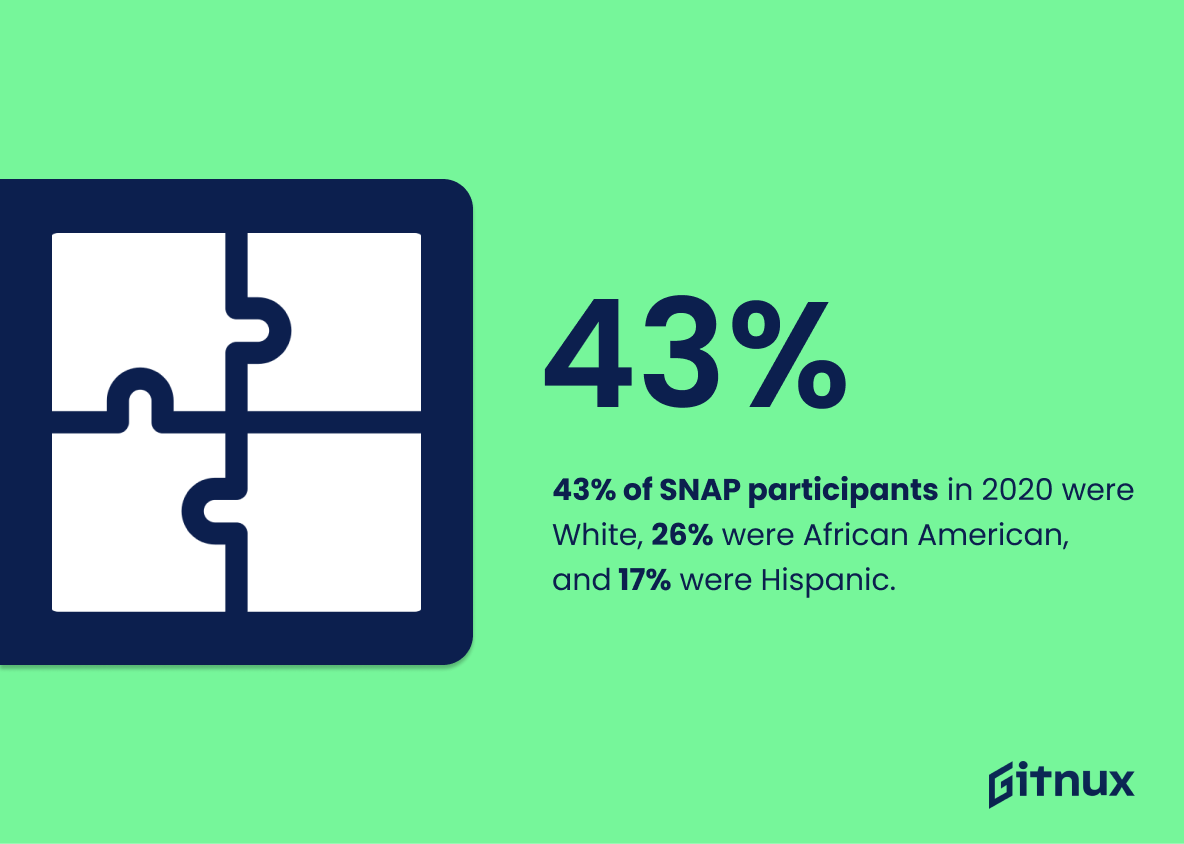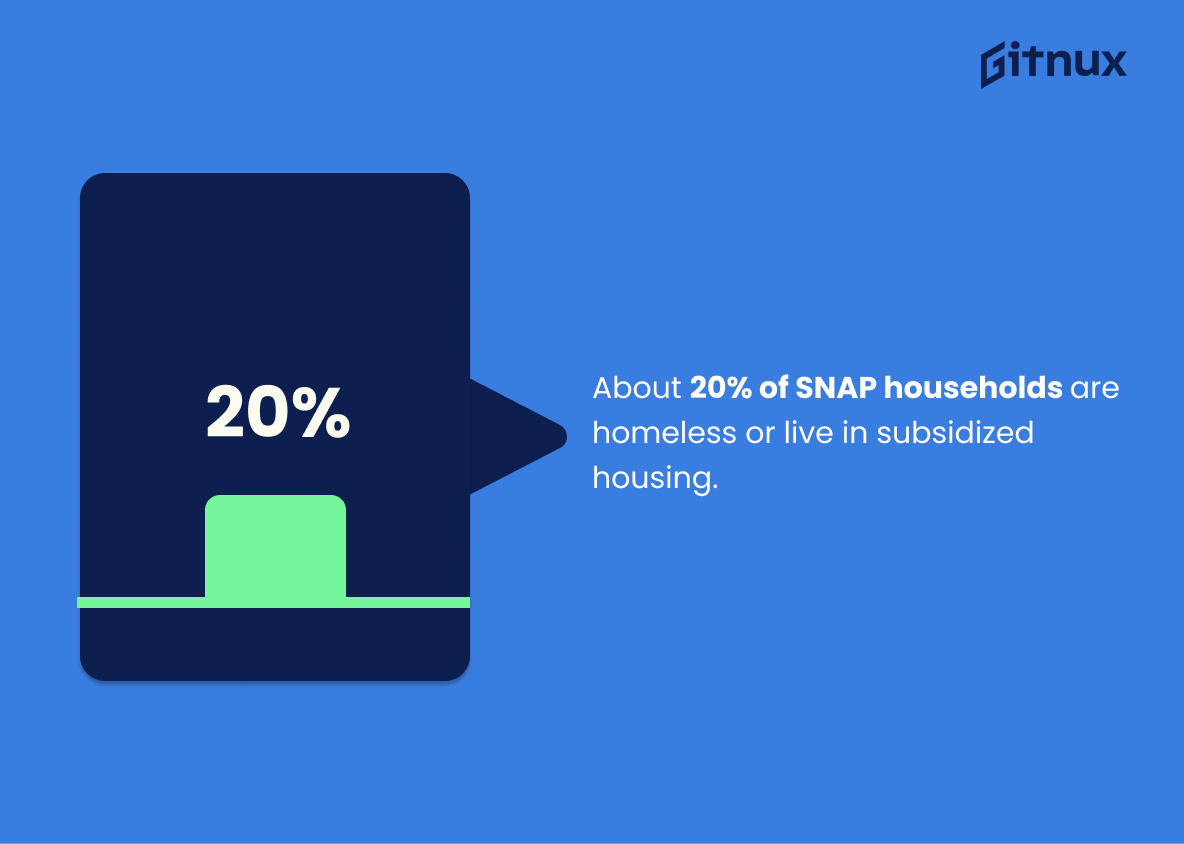The Supplemental Nutrition Assistance Program (SNAP), previously known as Food Stamps, is a vital program that provides food assistance to millions of Americans. As of October 2021, over 41 million people were enrolled in the SNAP program and it provided food assistance to an estimated 1 in 8 Americans. The average monthly benefit per person was $127 in FY 2019 and approximately 75% of households included a child, elderly person or disabled individual. In addition, 82% of benefits went to households with incomes at or below the poverty line and 2.5 million people were lifted out of poverty due to SNAP participation in 2019 alone.
In Fiscal Year 2021, the federal government spent about $79 billion on this important program which also helps participants gain skills through Employment & Training programs offered by 25 states across America. Furthermore, 88% have high school diplomas or higher education while just over 50% have one or more working individuals within their household; 34 percent are single-parent families; 43 percent are White; 26 percent African American; 17 percent Hispanic; 15 point 3 non-citizens/non-citizen children respectively – all receiving an average monthly benefit amounting up to $238 for all households combined according to 2020 statistics from USDA’s FNS Characteristics Report . Lastly but not leastly , 67 point 4 % eligible individuals participated last year whilst 20 % homeless / subsidized housing recipients benefited too ; 90 % spending budgeted funds on fruits , vegetables , grains etcetera . All these facts add up together making SNAP fraud rate only 1 point 3%.
Food Stamp Statistics Overview
In FY 2020, about 82% of SNAP benefits went to households with incomes at or below the poverty line.
This statistic is a powerful indicator of the effectiveness of SNAP benefits in providing assistance to those in need. It demonstrates that the majority of SNAP benefits are going to households that are struggling to make ends meet and are living at or below the poverty line. This statistic is a testament to the importance of SNAP benefits in helping to alleviate food insecurity and poverty in the United States.
SNAP lifted 2.5 million people out of poverty in 2019.
This statistic is a powerful testament to the impact of SNAP in 2019, demonstrating how the program has been able to provide a lifeline to millions of people in need. It is a reminder of the importance of food stamps in helping to reduce poverty and improve the lives of those who rely on them. This statistic is a powerful reminder of the importance of food stamps and the positive impact they can have on people’s lives.
In Fiscal Year 2021, the federal government spent about $79 billion on the SNAP program.
This statistic is a powerful indicator of the importance of the SNAP program in providing food assistance to those in need. It demonstrates the sheer magnitude of the federal government’s commitment to ensuring that individuals and families have access to nutritious meals. It also highlights the need for continued investment in the program to ensure that it can continue to meet the needs of those who rely on it.
About 88% of SNAP participants have a high school diploma or higher education.
This statistic is a testament to the fact that the majority of SNAP participants are not only educated, but have achieved a higher level of education than just a high school diploma. This speaks to the fact that the program is helping to support individuals who are striving to better their lives and achieve their educational goals. It also shows that the program is helping to provide a safety net for those who may not have the resources to pursue higher education. This statistic is a reminder that SNAP is helping to provide a pathway to success for those who are in need of assistance.
Latinos make up approximately 25% of the SNAP program participants.
This statistic is significant in the context of Food Stamp Statistics because it highlights the disproportionate number of Latinos who rely on SNAP benefits to meet their nutritional needs. It is a reminder that many members of this community are struggling to make ends meet and are in need of assistance to ensure they have access to healthy and nutritious food.
Just over 50% of SNAP households have one or more working individuals.
This statistic is a powerful reminder that the majority of SNAP households are not solely dependent on government assistance, but are actively working to support themselves. It speaks to the resilience of those who are struggling to make ends meet and highlights the importance of programs like SNAP in helping to bridge the gap.
The average monthly SNAP benefit for all households was $238 in FY 2020.
This statistic is a powerful indicator of the financial strain that many households are facing in the current economic climate. It highlights the need for assistance programs like SNAP to help families make ends meet and access nutritious food. It also serves as a reminder of the importance of continuing to support and fund these programs to ensure that all households have access to the resources they need.
In 2020, 15.3% of SNAP participants were non-citizens or non-citizen children.
This statistic is a powerful reminder of the importance of the Supplemental Nutrition Assistance Program (SNAP) in providing food security to non-citizens and non-citizen children. It highlights the need for continued support of this program, which helps to ensure that all individuals, regardless of their citizenship status, have access to nutritious food.
Every dollar of SNAP benefits generates about $1.54 in economic activity.
This statistic is a powerful reminder of the immense economic impact of SNAP benefits. It demonstrates that not only do SNAP benefits provide vital nutrition to those in need, but they also stimulate the economy by generating additional economic activity. This is an important point to consider when discussing Food Stamp Statistics, as it highlights the importance of SNAP benefits in both providing for those in need and boosting the economy.
About 34% of SNAP recipients are single-parent families.
This statistic is a powerful reminder of the importance of SNAP in providing support to single-parent families. It highlights the fact that many single-parent households rely on SNAP to make ends meet, and that the program is a vital lifeline for these families.
Approximately 43% of SNAP participants in 2020 were White, 26% were African American, and 17% were Hispanic.
This statistic is a powerful reminder of the disproportionate impact of food insecurity on minority communities. It highlights the need for targeted initiatives to ensure that all individuals have access to the nutrition they need to thrive. It also serves as a call to action to address the systemic inequalities that have led to such disparities in access to food assistance.
67.4% of eligible individuals participated in SNAP in 2019.
This statistic is a powerful indicator of the prevalence of food insecurity in the United States. It shows that nearly two-thirds of those eligible for SNAP benefits in 2019 took advantage of the program, demonstrating the need for assistance in providing food for those who cannot afford it. This statistic is a stark reminder of the importance of food stamps in helping to ensure that all Americans have access to the nutrition they need.
In 2020, 25 states provided a SNAP Employment and Training program to help participants gain skills and find work.
This statistic is a testament to the commitment of many states to helping those in need gain the skills and resources necessary to find employment. It highlights the importance of providing assistance to those who are struggling to make ends meet and demonstrates the willingness of many states to invest in the future of their citizens.
About 20% of SNAP households are homeless or live in subsidized housing.
This statistic is a stark reminder of the reality that many SNAP households are facing: homelessness or living in subsidized housing. It speaks to the need for more resources and support for those who are struggling to make ends meet and put food on the table. It also highlights the importance of programs like SNAP, which provide a vital lifeline to those in need.
Conclusion
The Supplemental Nutrition Assistance Program (SNAP), previously known as Food Stamps, is an important source of food assistance for millions of Americans. As of October 2021, over 41 million people were enrolled in the program and it provided food assistance to 1 in 8 Americans that year. The average monthly benefit per person was $127 while 75% of SNAP households included a child, elderly person or disabled individual. In FY 2020 about 82% of benefits went to households with incomes at or below the poverty line and 2.5 million people were lifted out poverty due to SNAP benefits in 2019 alone.
In Fiscal Year 2021, the federal government spent approximately $79 billion on this vital program which has a fraud rate around 1%. Most participants have some form education beyond high school and 25 states provide Employment & Training programs for those looking to gain skills and find work opportunities through SNAP participation. About 34% are single-parent families while 43%, 26%, 17% respectively identify as White, African American or Hispanic individuals/households participating in the program each year; 67 percent participate when eligible overall according to data from 2019 . Homelessness affects 20 percent of these households who spend 90 percent their budget on fruits vegetables grains dairy meat products etcetera..
Overall these statistics demonstrate how essential SNAP is for many low income individuals across America providing them access not only nutritious meals but also employment training resources so they can become self sufficient members society again soonest possible time frame
References
0. – https://www.www.usda.gov
1. – https://www.fns-prod.azureedge.net
2. – https://www.www.cbo.gov
3. – https://www.www.mathematica.org
4. – https://www.frac.org
5. – https://www.www.ssa.gov
6. – https://www.www.ers.usda.gov
